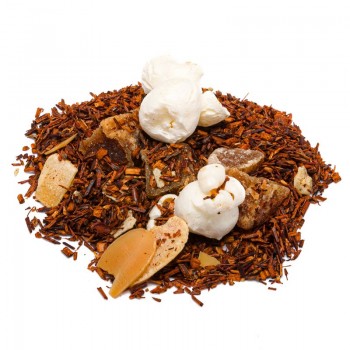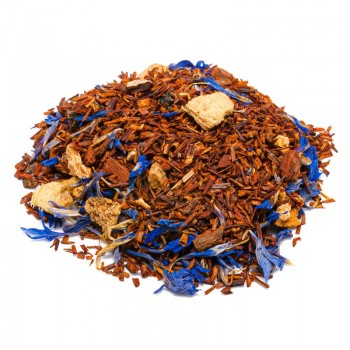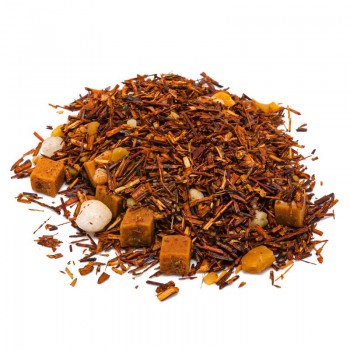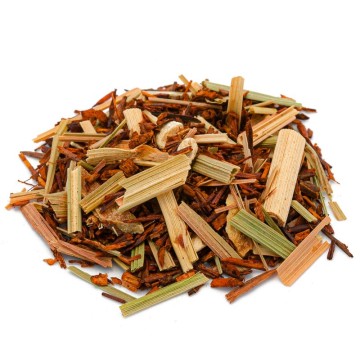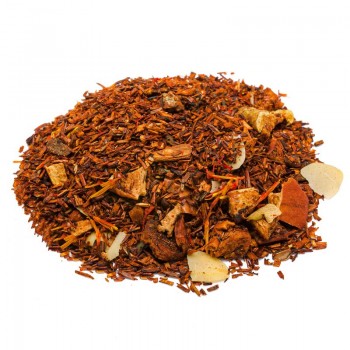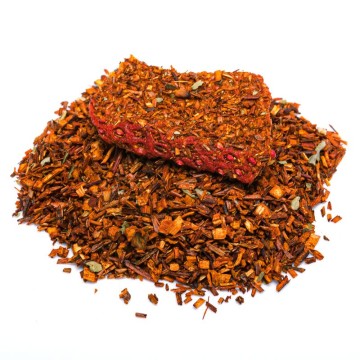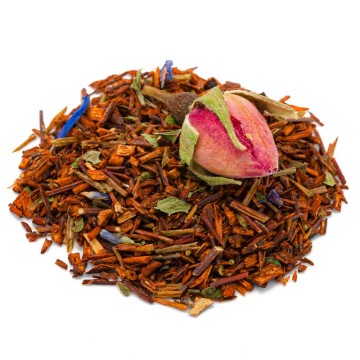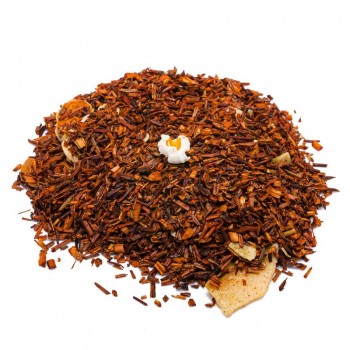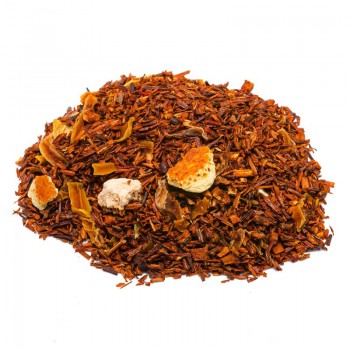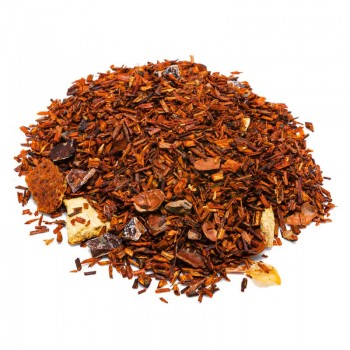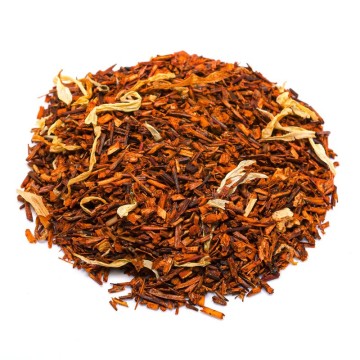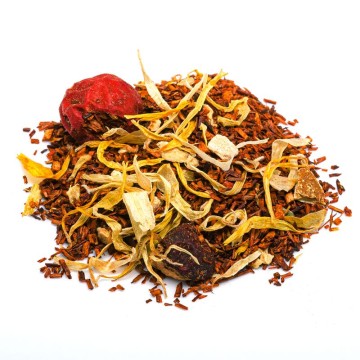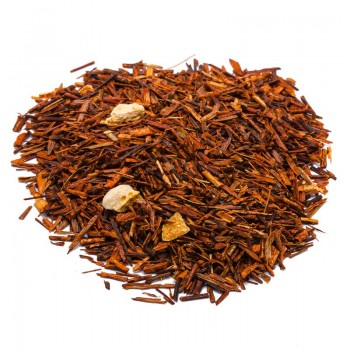Rooibos honey and lime is a herbal tea based on rooibos designed to promote rest and soothe the ailments of the winter season.
The characteristics of the rooibos honey and lime infusion
Rooibos is an infusion very similar to tea, so much so that it is commonly called African red tea even though it is obtained from a completely different plant, it boasts the benefits of tea in terms of antioxidant content but does not have the (in some cases) negative side constituted by caffeine.
Honey is known to have antiseptic and fluidifying properties. Lime, like all citrus fruits, has a good content of vitamin C. Let's look at the main ingredients in more detail. Rooibos is obtained from a plant native to the Cederberg region in South Africa, the scientific name of the plant is Aspalathus linearis, linearis indicates the elongated shape of the leaves. The family is Fabaceae, meaning the plant is related to legumes such as beans and peas.
It is a bush or shrub, as revealed by its common name in Afrikaans, rooibos in fact means red bush. However, the bush in question has nothing red at all, the leaves are green, but they become red after fermentation, which is a phase of the process to obtain the rooibos product, which is in fact reddish. The fact that the product and plant are called by the same word and that it is a word in Afrikaans, the language of the Dutch colonizers, suggests that even if the plant was known and used by local people, the tea-like infusion is most likely an invention of the colonists who were looking for a substitute for tea, which was difficult to find or too expensive to get to South Africa.
Honey, as everyone knows, is a product of bees starting from nectar or, in the absence of nectariferous plants, from honeydew (sugary excretions of other insects that feed on sap). Essentially for bees, honey is a food supply for the periods of the year when there is no nectar. From the point of view of both organoleptic characteristics and benefits, the various types of honey present differences, predictably the honeys obtained from the nectar of plants known to have strong balsamic properties will have this characteristic, present in all types of honey, more accentuated.
The lime is a citrus fruit, did you know that in reality the Italian name is lima or limetta? But the use of the English commercial term which is precisely “lime” has become widespread, the scientific name of the plant (at least on that we all agree) is instead Citrus × aurantiifolia. It appears as a small tree, like most other citrus fruits, the fruit is small, like small lemons but with green peel instead of yellowish. As for appearance, the lime therefore resembles the lemon, but the flavor is very different, decidedly sweeter. The x in the middle of the scientific name indicates that it is a hybrid, the plants from which it derives are the citron and the combava (a citrus fruit native to Australia and New Zealand). However, it should always be remembered that almost all of the 200 existing species of citrus fruits are hybrids, even those that have been known since ancient times such as the orange, and that many are hybrids of hybrids because the original citrus fruits are only three: pomelo, citron and mandarin.

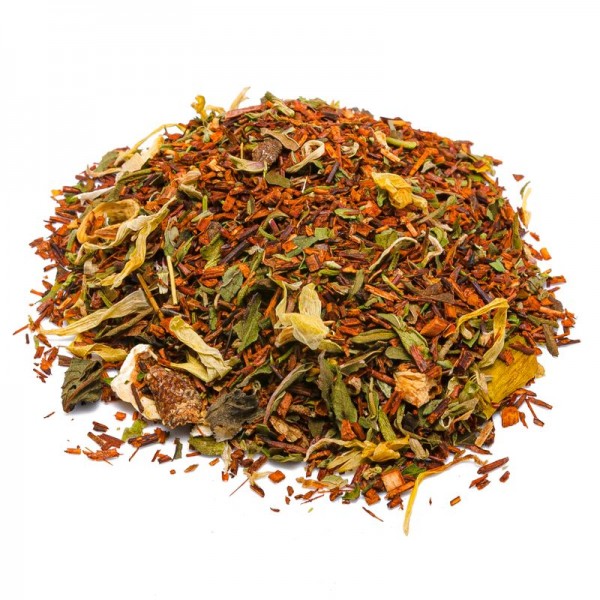









 No reward points for this product.
No reward points for this product.
